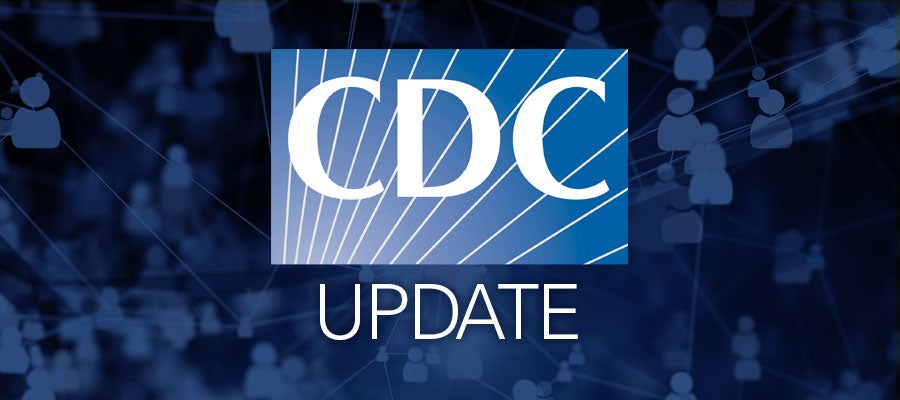President Trump today issued an executive order aimed at improving health care price transparency and reducing costs. Most notably, the order instructs the Department of Health and Human Services to issue a proposed regulation within 60 days requiring hospitals to “publicly post standard charge information, including charges and information based on negotiated rates and for common or shoppable items and services, in an easy-to-understand, consumer-friendly, and machine-readable format.”





